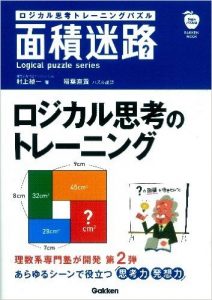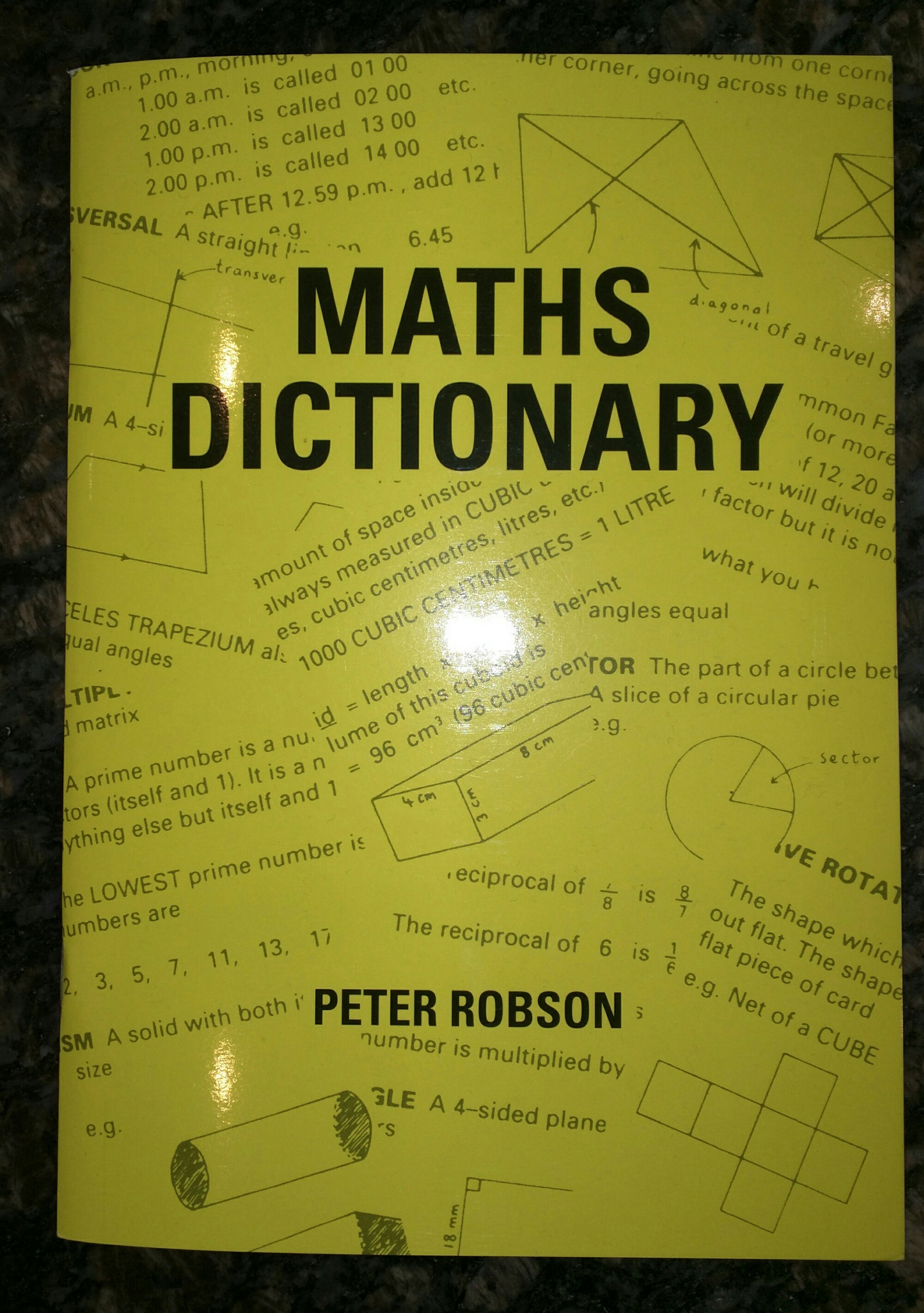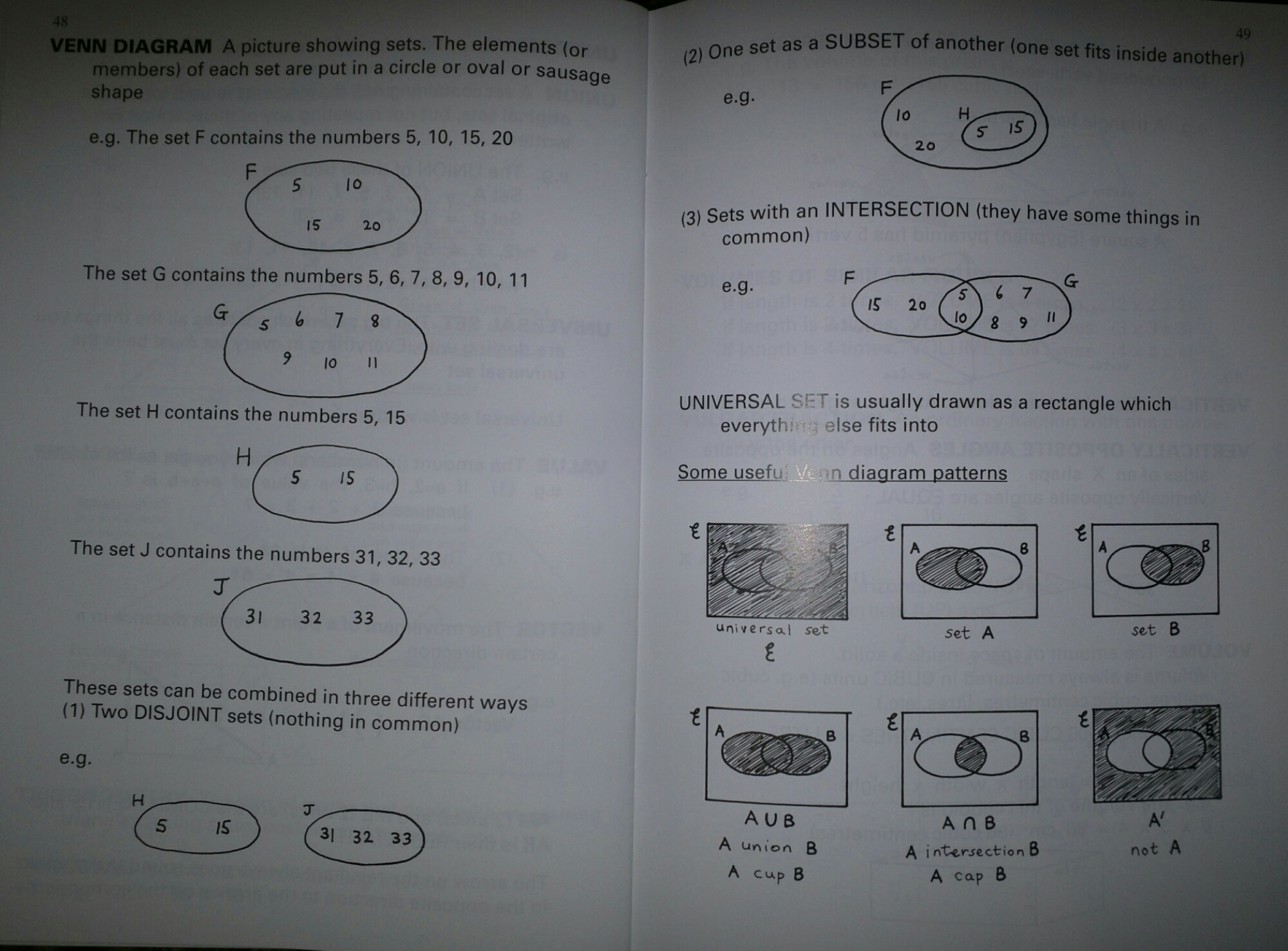Menseki Meiro puzzle books crossed my Twitter feed a few months ago and I took the plunge.
Image Credit: Amazon.co.uk
The problem is I couldn’t find an English language version. The Japanese originals were expensive so I bought the Spanish version. I don’t speak Spanish so asked my Spanish first language student who said it wasn’t Spanish – she suspected it was in Catalan!
But back to the Menseki puzzles …
They are ingenious puzzles where you simply use your knowledge of the area of a rectangle to solve the problem. Click on the image to see the cover problem. Puzzle 1 was so straightforward a nine year old could do it, puzzle 99 had Y13 Further Mathematicians befuddled. They make perfect starter or plenary activities for any age or ability.
Solutions are provided and if your copy is in a different language, like mine, you might just expand your mathematical vocabulary.
Whilst looking for a suitable image I also came across Alex Bellos discussing them on The Guardian website. Worth a look!
(By the way – the Menseki book also makes a good birthday present for that special geeky someone)






